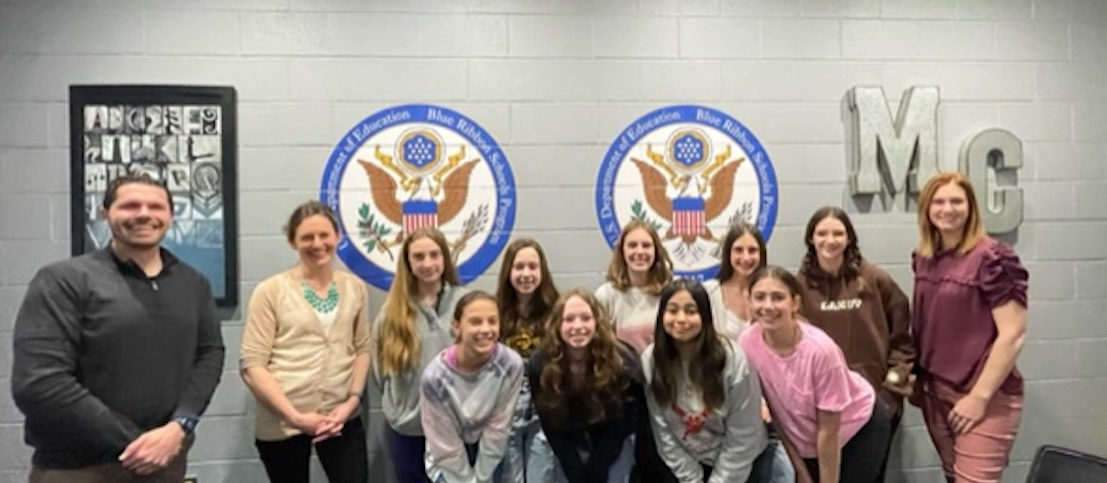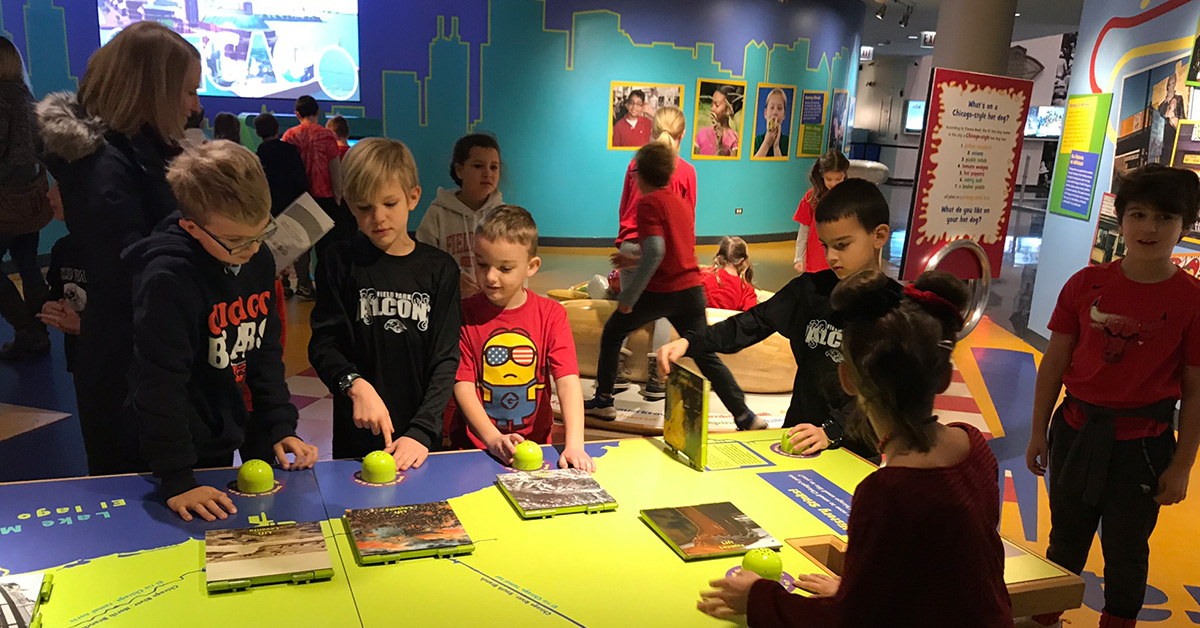By Laura Broadnax, 7th & 8th Grade Science Teacher, Team Leader, and Science Assoc. Chair, McClure
Scientists, educational researchers, teachers and students have long known that to learn science, you must DO science. Hands-on inquiry is essential in science instruction. Last year the science department at McClure received a generous grant from WSFEE wireless probes used in data collection. The various probes, which can measure many different properties, and the “AirLinks” that send data signals wirelessly to an iPad, are wonderful for helping students take accurate, real-time data. The software also allows for enhanced graph analysis after the data is collected. Together, the system components allow teachers and students to design investigations, collect data, compare it easily with digital recording and transfer of data tables and graphs, and analyze the results of an investigation.


During this past year, one example of the probes in use took place during a seventh grade lab using the motion detectors. The learning goal for students was to interpret and create graphs of motion using both speed and acceleration graphs. But these graphs can be mystifying at first, especially when a single motion is shown differently on the two graphs. The wireless probes allow us to put the motion detector and AirLink on a desk, while the student whose motion is being recorded, stands in front of the detector with an iPad. As the student moves forward and back, the iPad shows movement, and he or she can instantly switch back and forth between a speed graph and an acceleration graph. The sensors allow for an instant and intuitive inquiry cycle to happen for each student, in each class. As the motions we model become more complex, the experimentation continues. That is until the difference between the two graphs is mastered well enough to move on to the more complex task of creating a motion story told through the use of graphs. At this link you can view a sample student video.
Another use of the probes in seventh grade took place during our Thermal Energy Engineering Project. Each group of students was tasked with creating a size-limited device that could keep a hot or cold liquid within a stable temperature range, using only recycled materials. The temperature probe and AirLink could be sealed up in a device for tests, and the change in temperature could be monitored remotely, greatly increasing the effectiveness of the design. Here you can see excerpts of the “patent applications” from two different design groups:
Sincere thanks to WSFEE and the community for continuously supporting our kids, and allowing us the resources that help guide students to deeper experiences in science.







